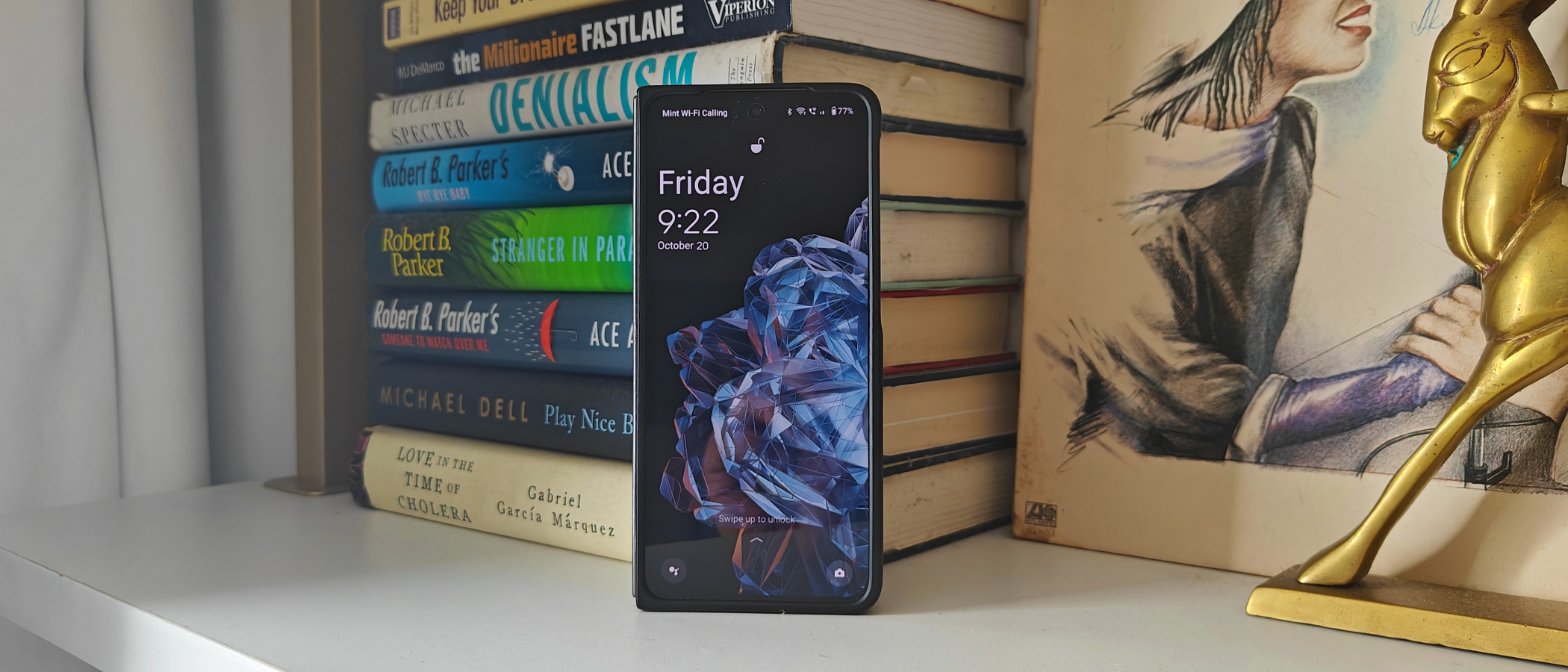Laptop Mag Verdict
Undoubtedly, the OnePlus Open has perfected the foldable form factor while delivering a potent overall experience with camera performance improvements thrown in as well. The Open is a triumph for OnePlus.
Pros
- +
Powerful Performance
- +
Elegant, stylish, flat, foldable design that is durable
- +
Excellent audio
- +
Excellent gameplay
- +
Fun to watch content on
- +
Excellent cameras
- +
Excellent battery life
Cons
- -
Quirky test results
Why you can trust Laptop Mag
Price: $1,699
OS: OxygenOS (Android 13)
Display: 6.31-inch cover Display, Dual 2K 120Hz main OLED display ( 3216 x 1440 pixels) Fluid AMOLED LTPO display with adaptive 120Hz refresh rate
CPU: Qualcomm Snapdragon 8 Gen 2
RAM: 16GB
Rear cameras: 48MP ƒ/1.7 “Pixel Stacked” primary camera with OIS; 48MP ultra-wide (f/2.2); 64MP (f/2.6) Telephoto Camera
Front camera: 32MP (f/2.4)on front screen 20MP ƒ/2.2 on main screen
Storage: 512GB
Battery: 4,805mAh 11:31 (120Hz); 11:45 (60Hz)
Size: 6.03 x 5.63 x 0.22 inches open, Folded 6.03 x 2.88 x 0.46 inches
Weight: 8.3 ounces
The OnePlus Open proves that it's “Never Settle” motto is an undeniable fact. The foldables market has been dominated in the U.S. by Samsung and a recent entry, the Google Pixel Fold. However, enduring one million fold testing and other rigorous abuses, the OnePlus Fold, with its one-of-a-kind flat hinge design and lightweight appeal, backed by the smooth OxygenOS, just launched, and it is the absolute best foldable and new reigning king.
Featuring the same Qualcomm Snapdragon 8 Gen 2 chipset we find in the fantastic OnePlus 11, with 16GB of RAM and 512GB of storage, the OPO is elegant, stylish, and is now the sexiest foldable on the market. The twin device to the Oppo Find N3 comes to us with potent specs and a winning, durable design.
OnePlus also stepped things up in the camera department with a new stacked primary sensor, improved telephoto, and more. There are five cameras on the Open, and I got froggy with each one and immediately was impressed with the improvements and the Hasselblad-tuned experience.
The OnePlus Open is innovative, proving that the company is maturing and belongs in the conversation of the best flagship phone makers. The Open, with its excellent specs, solid performance, durability, and design quality, is creeping into the rarified air of Apple and Samsung. And honestly, the OnePlus Open could be the best smartphone of 2023.
OnePlus Open pricing and configurations
The OnePlus Open only varies in color, with Emerald Dusk and Voyager Black options. However, the pricing is the highest for the maker previously known for coming in undercutting its competitors. It did so again, as the OnePlus Open comes in at $1,699 compared to the Google Pixel Fold at $1,799 and the Samsung Galaxy Z Fold 5 at $1,919.99 for nearly the same specs. Also, at launch, you can trade in any phone in any condition and receive $200 off. That’s right, you can trade in that old Blackberry you have in a drawer and snag the Open for $1,499.
The Open features a Qualcomm Snapdragon 8 Gen 2 chipset, 16GB of RAM, and 512GB of storage. You also get three displays, two of which are 7.82-inch dual displays Flexi Fluid AMOLED with LTPO 3.0. The front display is a 6.31-inch AMOLED 2K (2484 x 1116) display with a 20:9 aspect ratio and 120Hz refresh rate.
OnePlus Open design
The foldables market consists of the Pixel Fold and the Samsung Galaxy Z Fold 5 in the United States, with Samsung dominating the market it created. However, having handled all three, The OnePlus Open is the lightest, and based on testing numbers (Samsung and Pixel test for 400,000 folds), like OP testing the Open for 1,000,000 folds, we know durability shouldn’t be an issue.
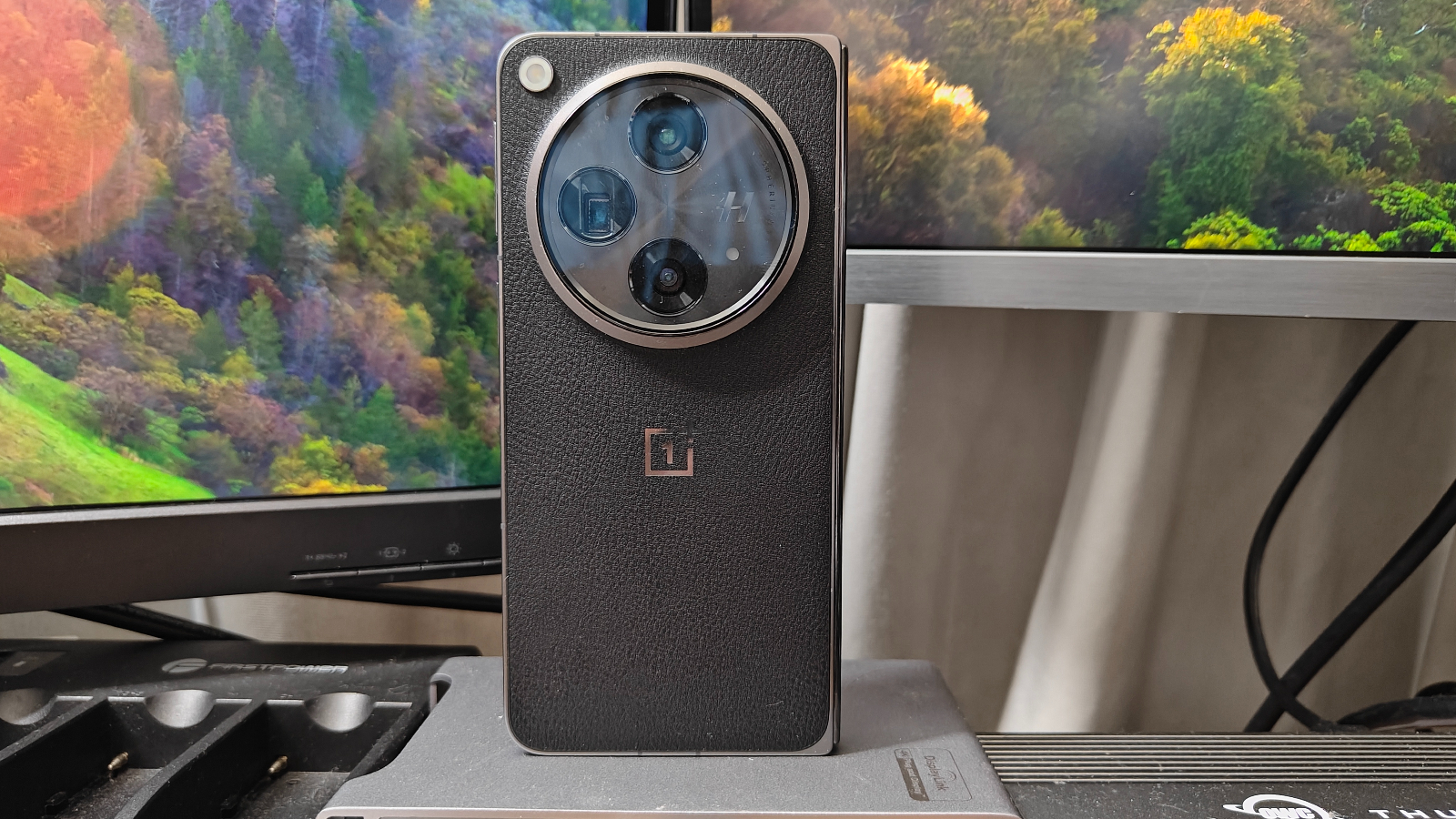
The Open proves a foldable can be slim and durable while remembering to be unique and stylish. My Voyager Black review unit looks like a gorgeous slate of glass. At the same time, the back has the unique circular camera nodule with the Hasselblad logo set in a rear plate covered in a faux leather texture that makes the unit look gorgeous while giving it some nice grippiness.
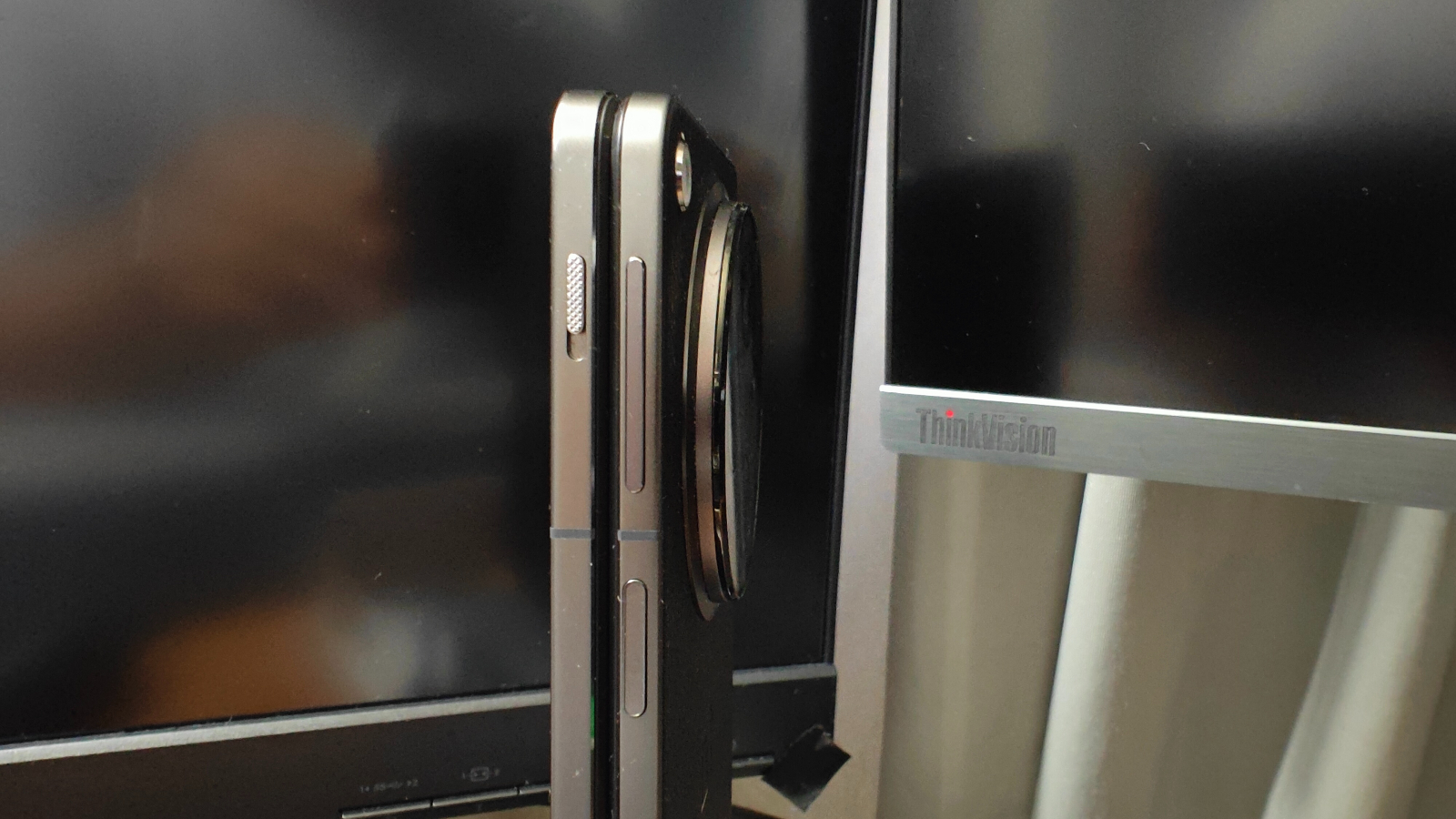
We find the volume rocker power/fingerprint reader button when either folded or unfolded on the right. On the left, there's the famous slider that is used to switch the device into silent mode. We also find three speaker ports that deliver the Spatial audio effects we all enjoy while watching content.
The other design element must be discussed is the Flexion Hinge, which differs from the ones we find on the Z Fold 5 and Pixel Fold. The Open’s hinge allows for an almost perfectly flat profile and is tested for one million folds or ten years of use. In my experience, it never feels like you have to force it flat when you open it.
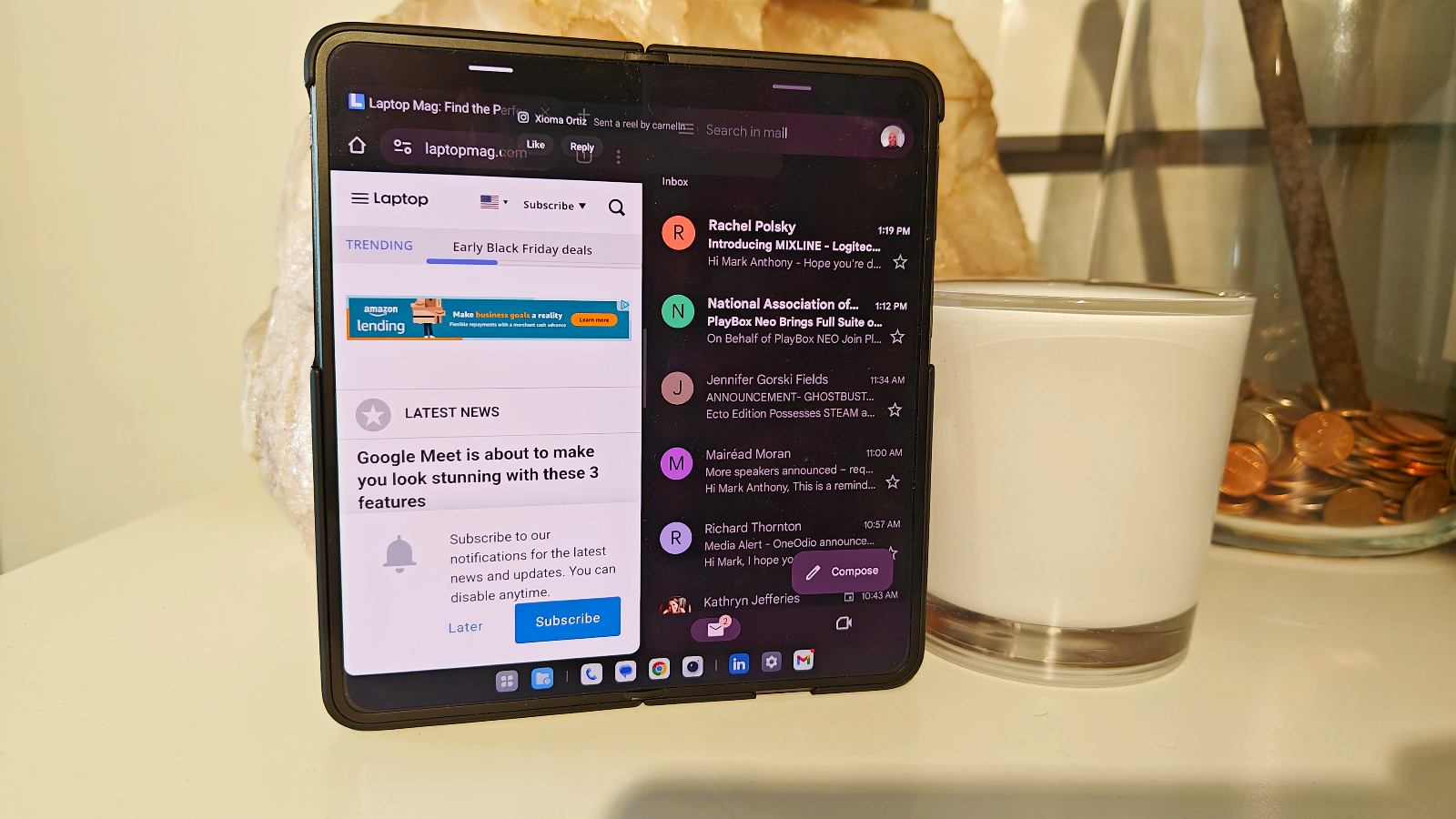
I have found the competing devices feel like I have to try and push them to lay as flat as the OnePlus Open, to the point I'm scared that I'm pushing them beyond their limits and may damage them. How OnePlus achieves this with just 69 parts while maintaining durability is engineering at its best.
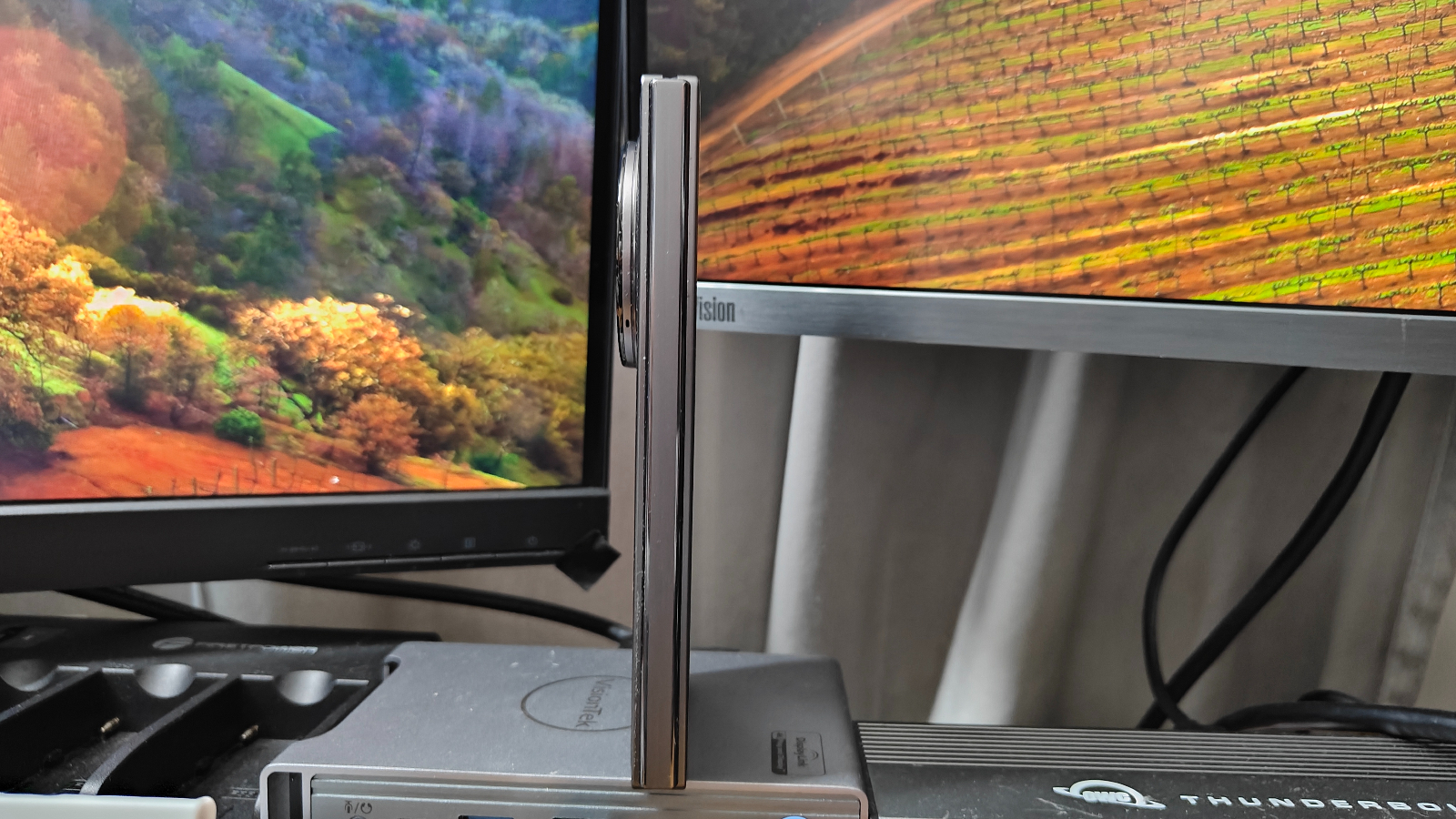
At 6.03 x 5.6 x 0.23 inches when opened, while folded, the dimensions are 6.03 x 3.04 x 0.46 inches, with the phone weighing 8.4 ounces. The Open is larger than the Pixel Fold (5.8 x 3.1 0.5 inches) when folded and (7.6 x 6.2 x 0.5 inches) while open. However, the Fold feels like a brick at 10 ounces, but due to its compact build, it feels heavier. The 8.92-ounce Samsung Z Galaxy Z Fold 5 unfolded measures 6.09 x 5.11 x 0.24 inches. Closed, it measures 6.09 x 2.64 x 0.52 inches.
Overall, the OnePlus Open is lighter, slimmer, feels more durable, and rocks a better, more elegant design than the other two. Not to say that they’re not suitable devices in their own right, but OnePlus seems to have perfected the foldable.
OnePlus Open display
The OnePlus Open features three AMOLED 2K displays capable of running at a 120Hz refresh rate. The front-facing (2484 x 1116) secondary display has a 20:9 aspect ratio with 431 ppi (pixel per inch). The dual interior Flexi-Fluid AMOLED displays (2440 x 2268) have a 1.0758:1 aspect ratio at 426 ppi. All three displays are rated at up to 2,800 nits of brightness. The Open’s displays are all HDR 10+ certified, Dolby Vision capable, with native support for 10-bit color depth and adaptive 1-120Hz refresh rate. Each display is bright, crisp, and vivid. I enjoyed watching content and playing games on the OnePlus Open, and it’s opened (no pun intended) a new world for me.
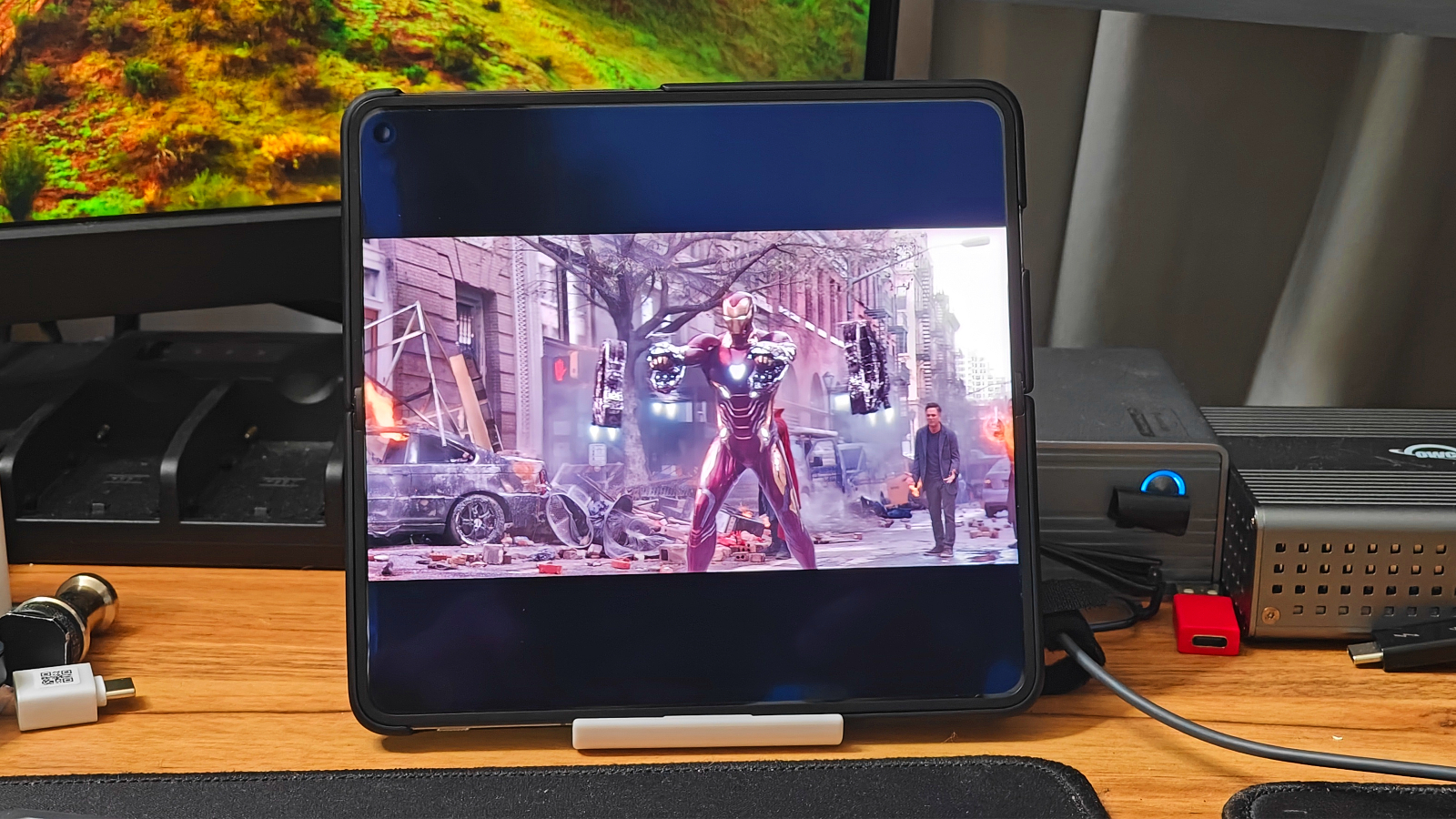
I tapped on my Disney Plus app and started watching Avengers Infinity War. When Thanos’s minions show up and begin to battle Tony Stark and the Wizards (great band name), the Open's display produces gorgeous vivid colors, with deep contrasting shadows and blacks making Stark's red-and-gold nano armor gleam.
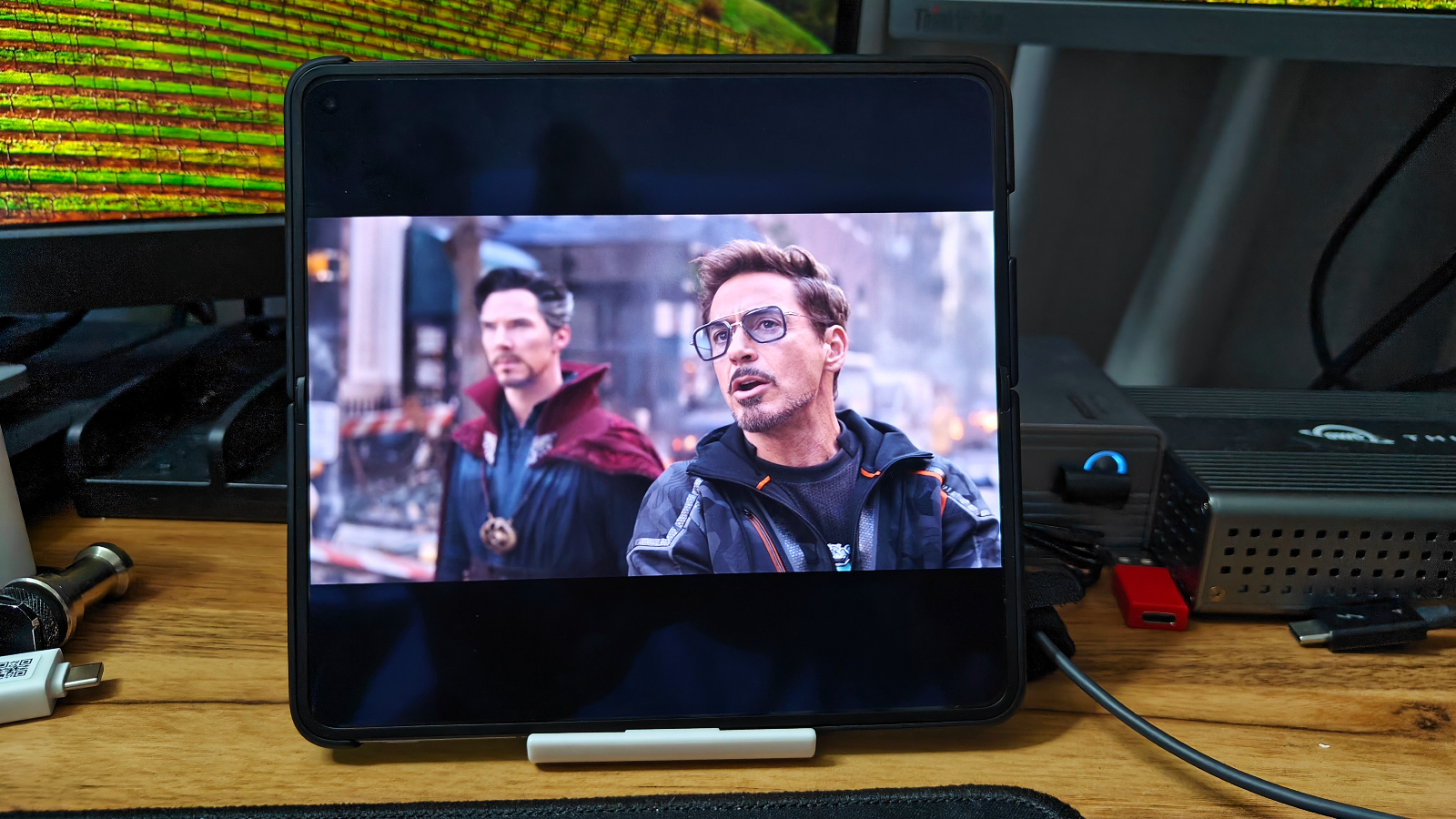
The image was crisp, clear, and free of any artifacts. It was a joy to watch on the massive dual displays. And thanks to the hinge design on the Open, there isn't a distracting crease taking away from the viewing experience.
As I played Modern Combat 5, all the animated imagery was crisp and smoothly rendered, as the 120Hz refresh rate did its job. I used the Open with its default settings, in natural color mode, which I found excellent as someone who color grades video professionally. However, I tried it in Vivid, and the colors were even more eye-catching.
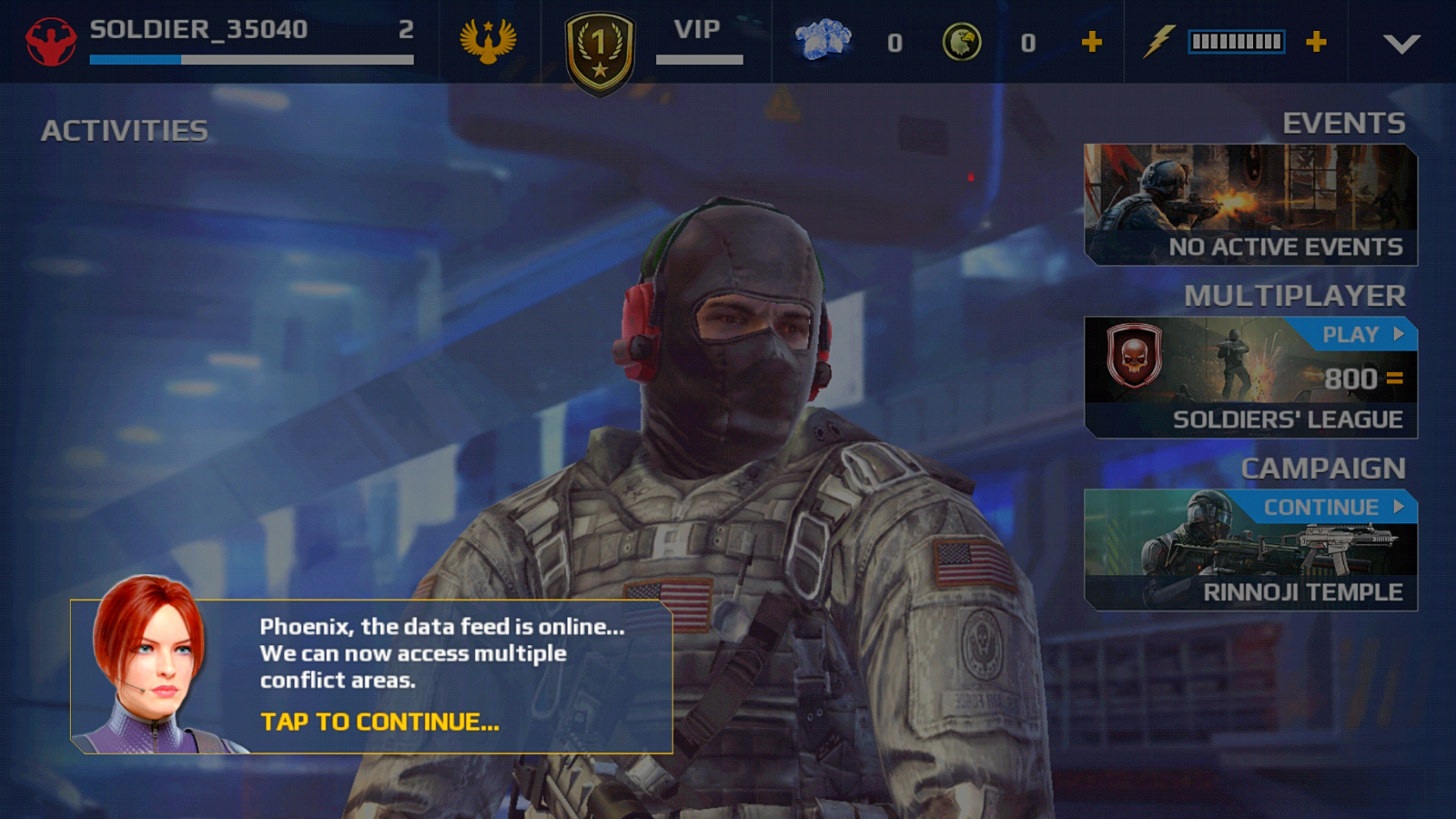
Our lab specialist looked deeper into the OnePlus Open’s display performance. In natural default mode, the front display reproduced 80.6% of the DCI-P3 color gamut. The main display in its Natural color setting produced a DCI-P3 of 79.2%, and in Vivid mode, it produced 120.2%. Vivid will probably be the choice most will select.
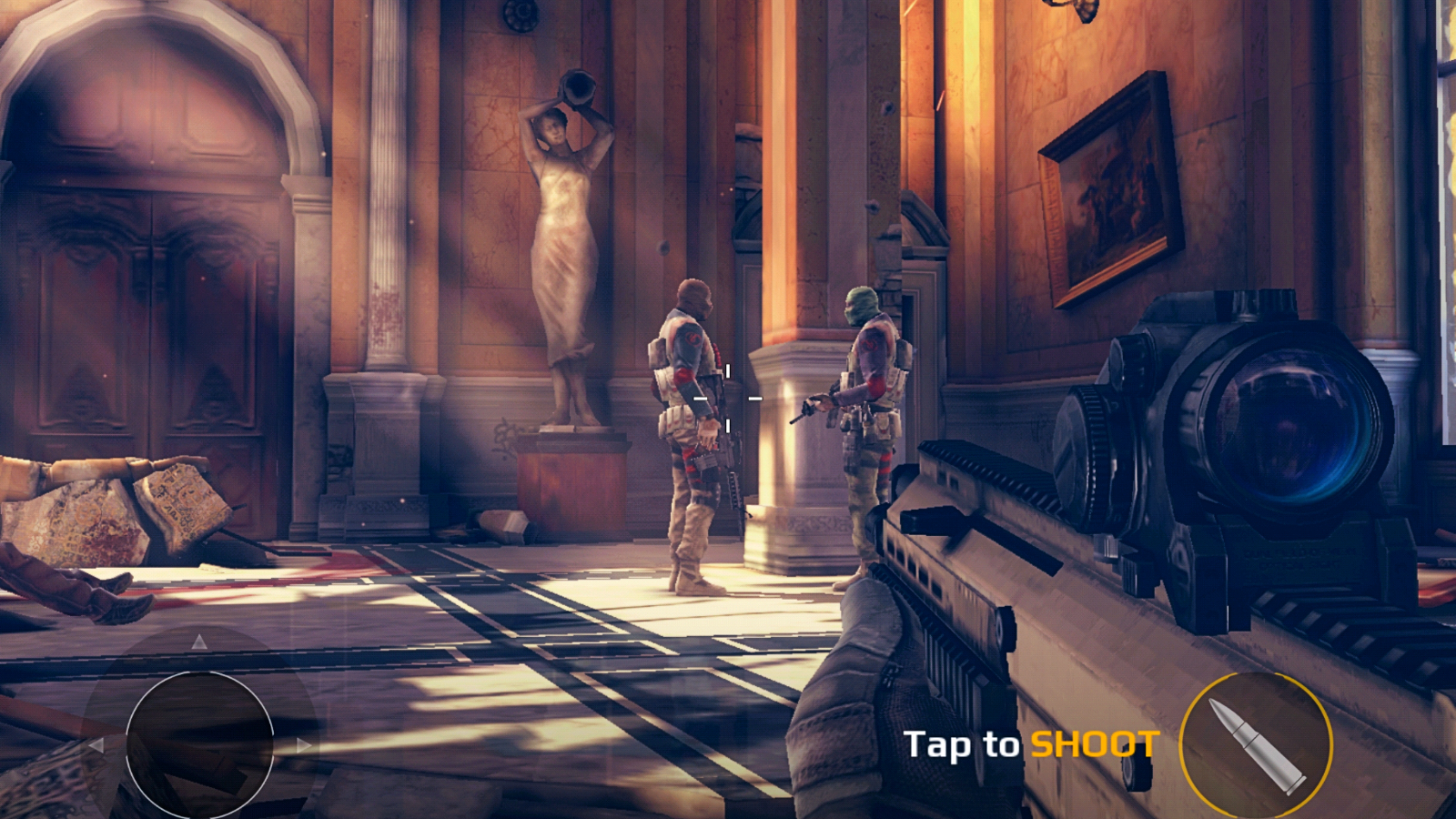
That’s enough to top the Pixel Fold’s main and front-facing displays (77.6% natural, 88.4% adaptive, and 76.2%). Meanwhile, the Z Fold 5 proves Samsung display technology is excellent, with its front display producing an average DCI-P3 of 76.2% in natural and 128% in vivid mode. The main display produced 78.6% in natural and a whopping 140.6% in vivid mode, surpassing the Open.
During our Delta-E color accuracy test results (lower is better), our Open’s front panel scored 0.13 in its natural setting and the main display scored 0.14 in natural and 0.29 in vivid. The Z Fold 5 led in this test with its front display scoring a Delta-E 0.1 in vivid, and 0.11 in natural. Lastly, our Pixel Fold’s front display tallied a Delta-E of 0.05 in natural and 0.06 in adaptive mode.
During my time with the Open, I found all its displays were quite bright and adjusted well to surrounding lighting conditions. During our brightness testing, the front display averaged 721 nits with adaptive brightness on and 552 nits with adaptive brightness off. This places it ahead of the Z Fold 5 (703 adaptive on, 397 adaptive off) but behind the Pixel Fold (1172 adaptive on, 546 adaptive off), although our Open outperformed in the adaptive off mode.
The Open’s main display scored 575 nits with adaptive brightness off and averaged 1,158 nits with adaptive brightness on, leading our group. Our Samsung Galaxy Z Fold 5’s main display averaged 395 nits with adaptive off and 1,085 nits with it enabled. The Pixel Fold’s main display brightness results were tested twice. In the first round, the unit averaged 435 nits of brightness in both adaptive modes. However, during retesting it averaged 545 nits with adaptive off, and 900 nits with adaptive on. You can make of that what you will.
When looking at these numbers objectively, it comes down to personal preference. Samsung is known for oversaturated colors, and OnePlus finds a happy medium in natural and vivid modes. The Pixel Fold gravitated towards more muted colors, which some may prefer.
Overall, I prefer the performance, crispness, and color of the OnePlus Open, as its color and brightness range suit my personal and professional preferences.
OnePlus Open audio
OnePlus knocked the audio experience out of the park with the Open. I wasn’t expecting the volume, clarity, and depth produced by the infinitesimally tiny speakers. It has a three-speaker system that produces both excellent normal-range audio and shocked me with its spatial audio capabilities, especially when watching content or gaming.
The Open’s audio compares very favorably with some of the best laptop audio experiences I've had. How loud is it? I can hear it clearly across my tiny studio apartment and into my kitchen. It filled my space with clean, distortion-free audio. I listened to Megan The Stallion's “Her” because it features a thumpy House music baseline. The Open produced solid audio depth with discernable bass, fluid mid-tones, and sweet highs that don’t sound tinny.
While playing Modern Combat 5, the spatial audio talents of the Open showed through, making it one of the best gaming experiences I have had on a phone. You can really tell when bullets are coming from your right or left. Still, this is still a phone, not a boombox or a pair of earbuds, which will provide an ever higher level of sound quality. However, OnePlus did a fantastic job with the audio on the Open, to the point where I got yelled at for not using my buds.
OnePlus Open cameras
OnePlus leveled up the rear camera array, which consists of a 48MP main camera, 48MP ultrawide, and a whopping 64MP telephoto camera with 3x optical zoom. The lens can also produce a 6x lossless in-sensor zoom, with a maximum 120x Ultra Res Zoom available if you really want to get an up-close shot.
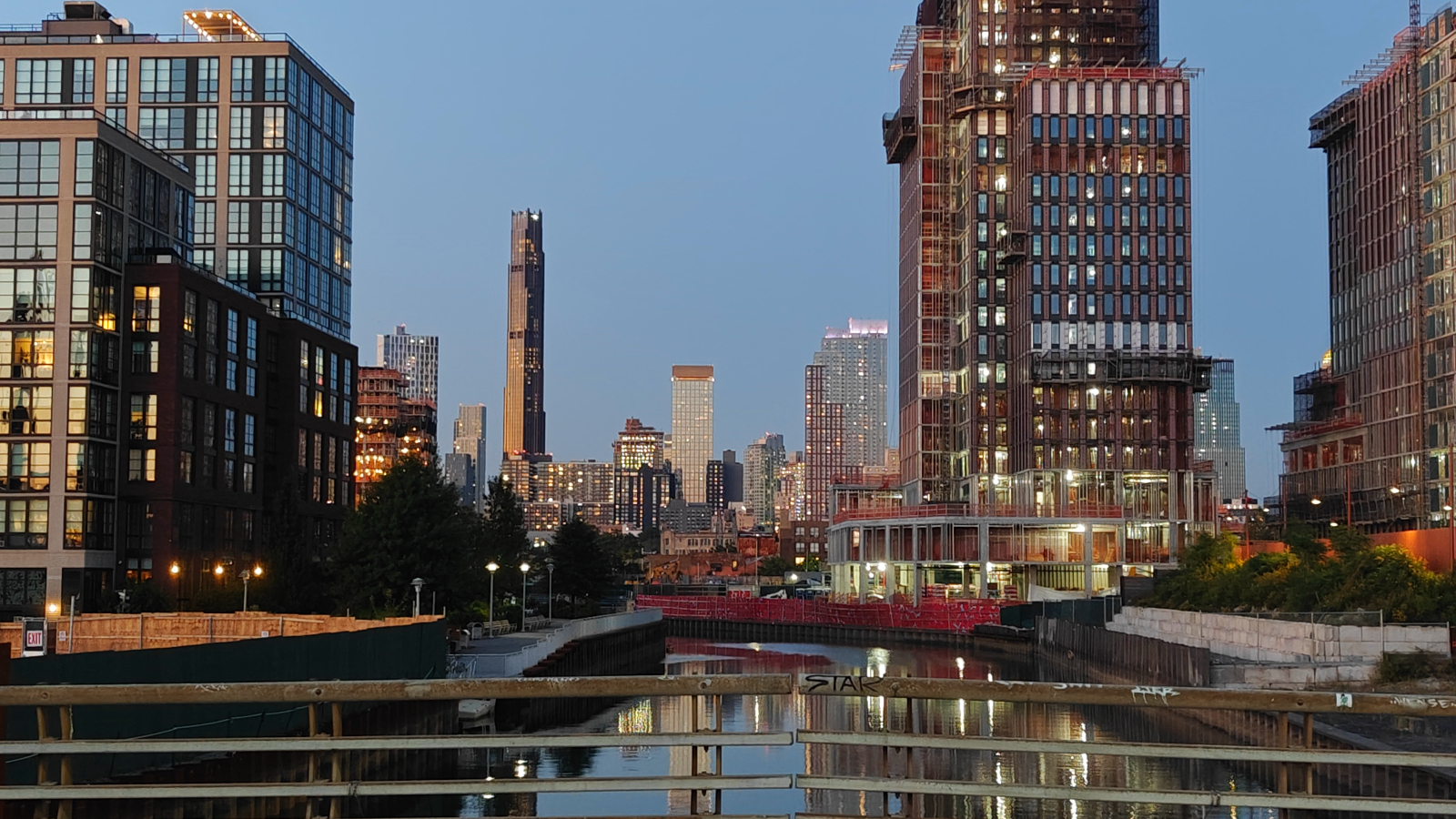
The Open’s camera app features everything I want in a phone camera, including a dedicated pro mode, which gives the user manual controls to capture photos, a portrait mode, dual-view video, and a movie mode with manual controls. It provides the shooter with a more DSLR experience than most other camera setups.
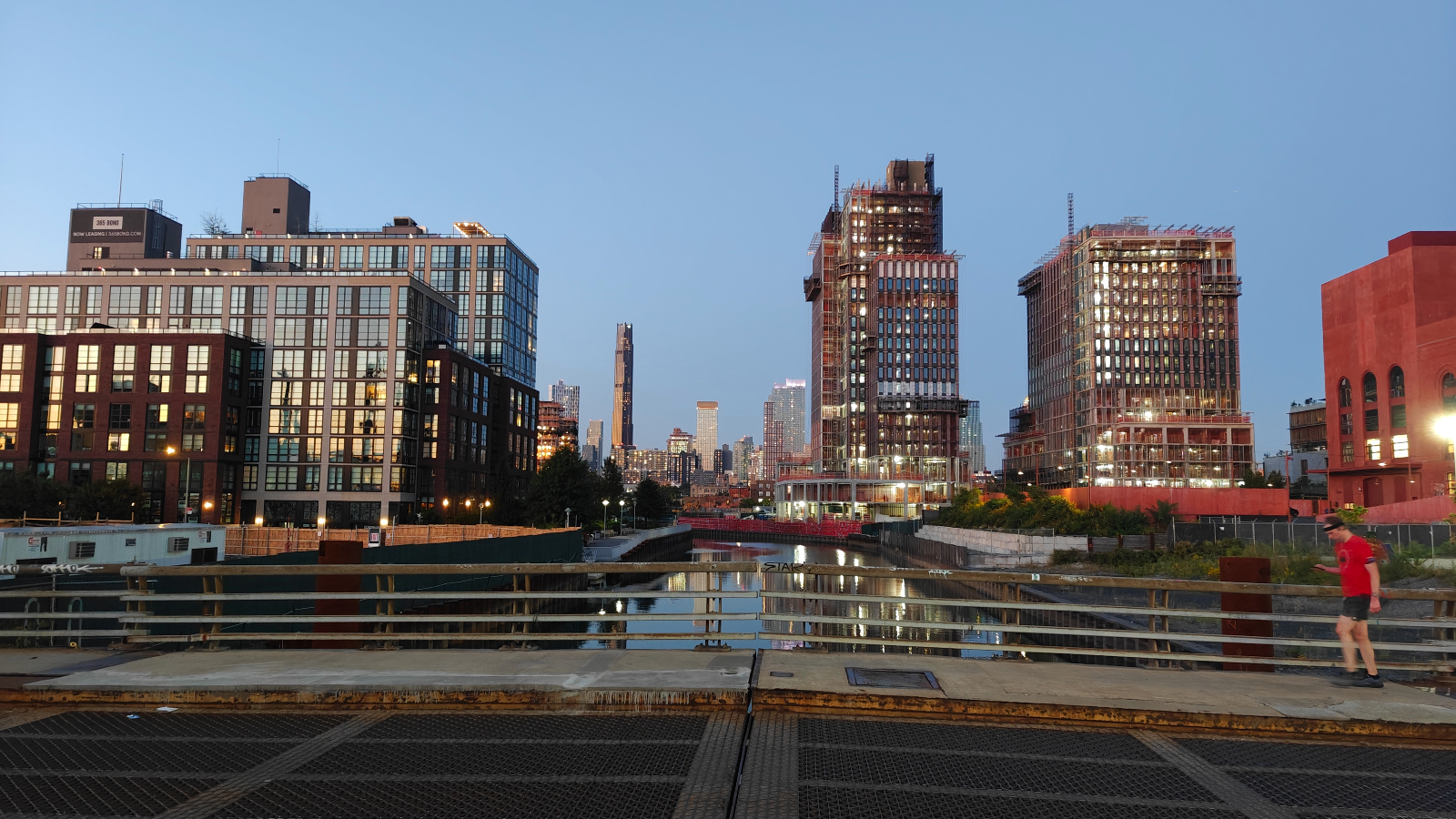
Another feature I enjoy is capturing selfies and self-recordings using the rear cameras while using the outer cover screen, which makes it much easier to frame up a perfect shot.
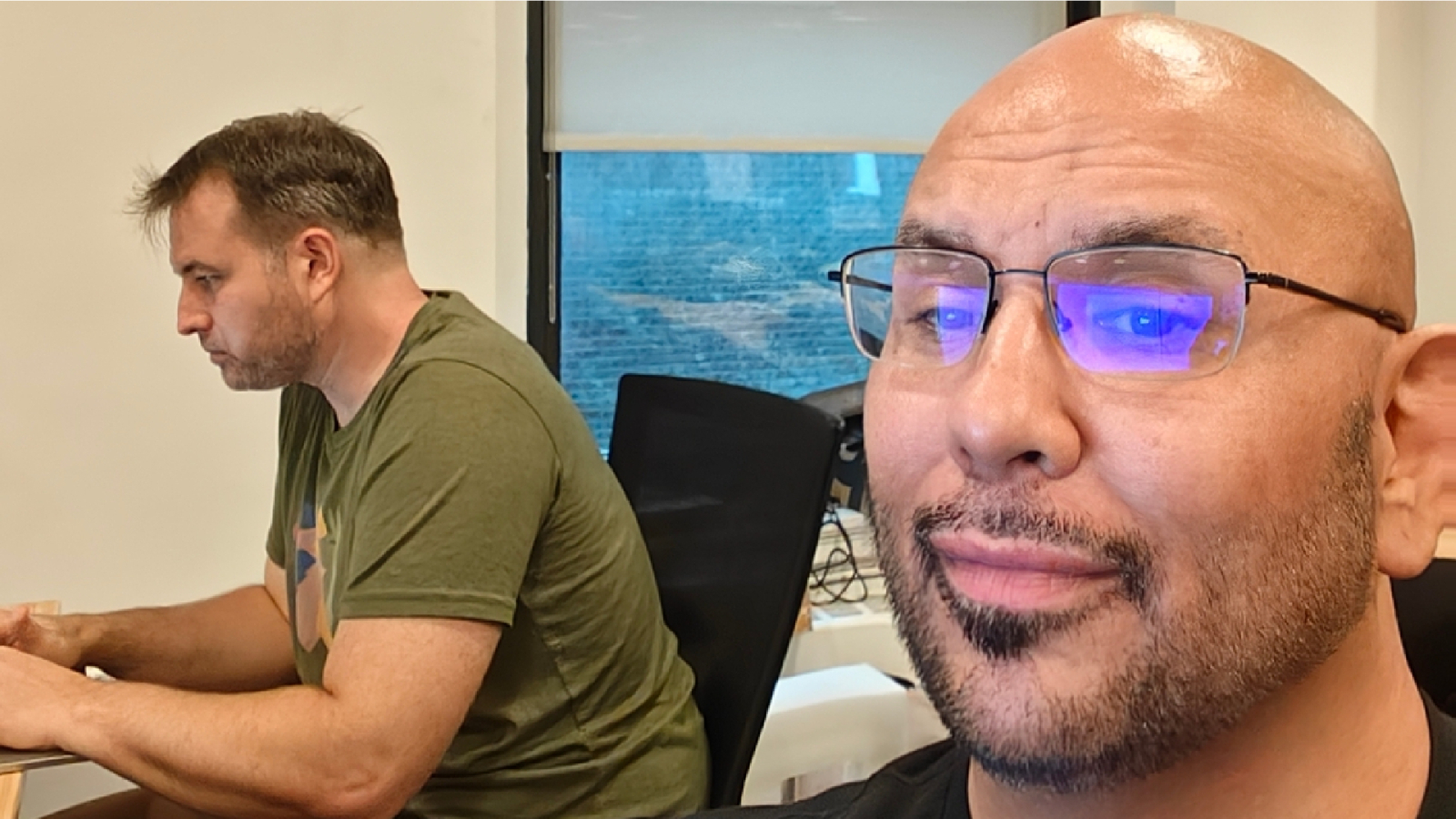
The Open is on the same level as the Z Fold 5 and even sometimes surpasses its image quality. I found that the Open does an excellent job in all lighting conditions, with the occasional struggles most have in lower light. Color in images was always excellent; sharpness was crisp, and even while using the telephoto, I didn’t experience some of the softness I had when using the Pixel Fold, or the over-sharpened images you get with the Z Fold 5.
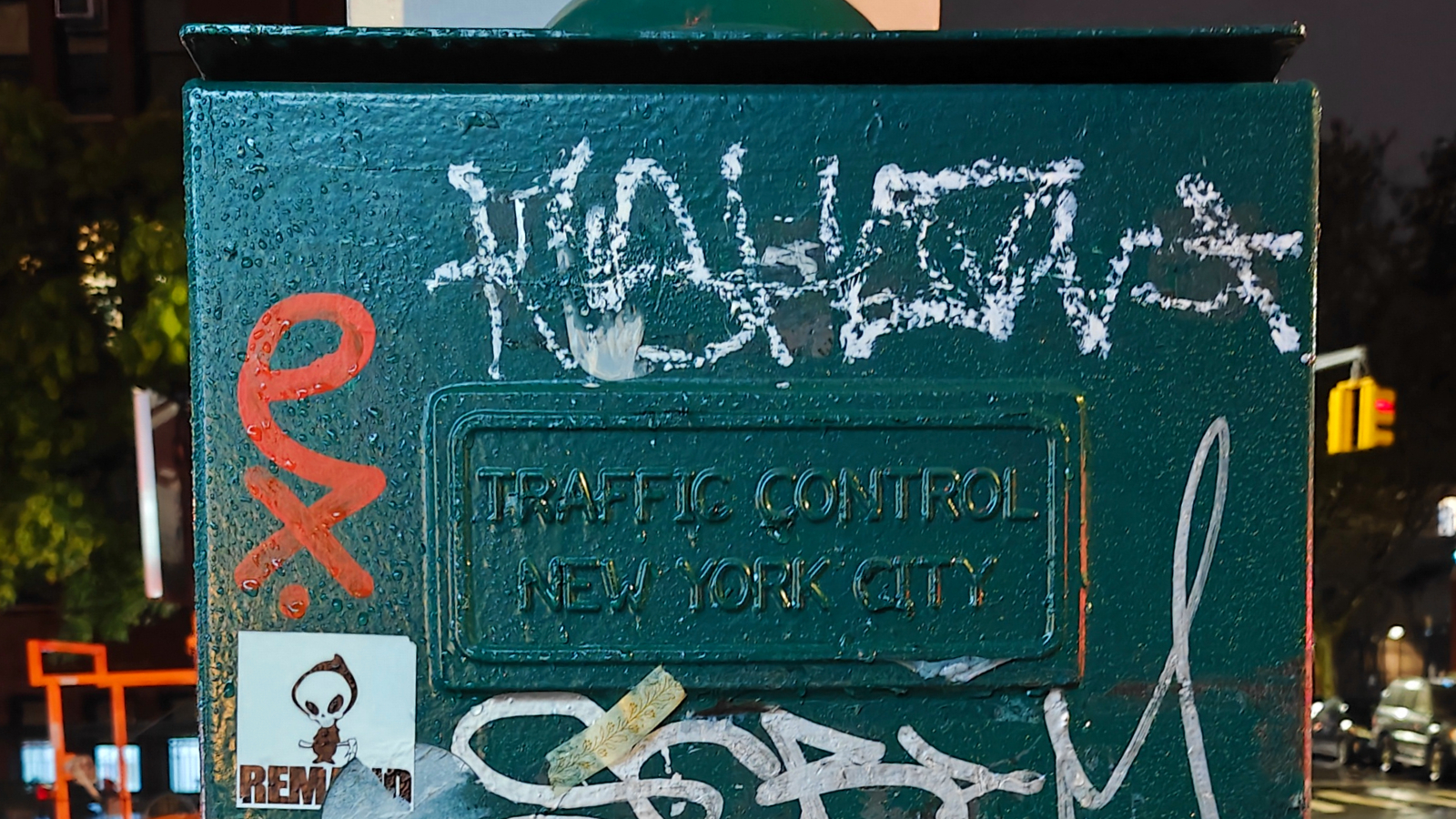
I found the outer 20MP front-facing camera on the Open excellent as it produced sharp, saturated images, and thanks to its Hasselblad-tuned portrait mode, images were always excellent but, more importantly, accurate in every way. I say this because the Pixel Fold and Z Fold 5 produce excellent sharp and well-saturated photos. You will notice AI-enhanced elements, especially brightness, which tend to affect image faithfulness. I like the more professional realness of the OnePlus 20MP selfie cam, and the same qualities hold true for the internal 32MP selfie cam we find in the upper right-hand corner of the main display.
Video recording on the OnePlus Open maxes out in 4K/60 with faster slow motion frame rates of 240 and 480 reserved for 1080p. The Open’s video capabilities are equal to the Z Fold 5’s and and better than the Pixel Fold. I noticed that the Open’s 3x footage is better than the Pixel and Galaxy Z Fold in both 3 or 5x magnification. The same was true while shooting photos. It seems like the Hasselblad tuning was paired with the right sensors, as the stacked sensor of the main camera is excellent in some cases, producing near DSLR-level images and video.
OnePlus Open performance
My OnePlus Open review unit features the same Snapdragon 8+ Gen 2 processor we find in the OnePlus 11 and Z Fold 5, and comes with 16GB of RAM and 512GB of storage, which places it on equal footing with both the Pixel Fold and Z Fold 5. However, once again, using whatever dark magic OnePlus possesses, it comes in at a lower price point.
The Open never fluttered, faltered, or appeared overwhelmed with anything I threw at it. I popped open about 35 Google Chrome tabs, with documents and a Disney Plus video playing in the background, all while bouncing around apps like Instagram, Facebook, and Twitter. Qualcomm’s Snapdragon chipset was more than up to the task, remaining super responsive throughout. It was like having a smartphone powered by an Arc reactor. I also connected a Bluetooth keyboard and used it as a makeshift laptop and wrote an article with it.
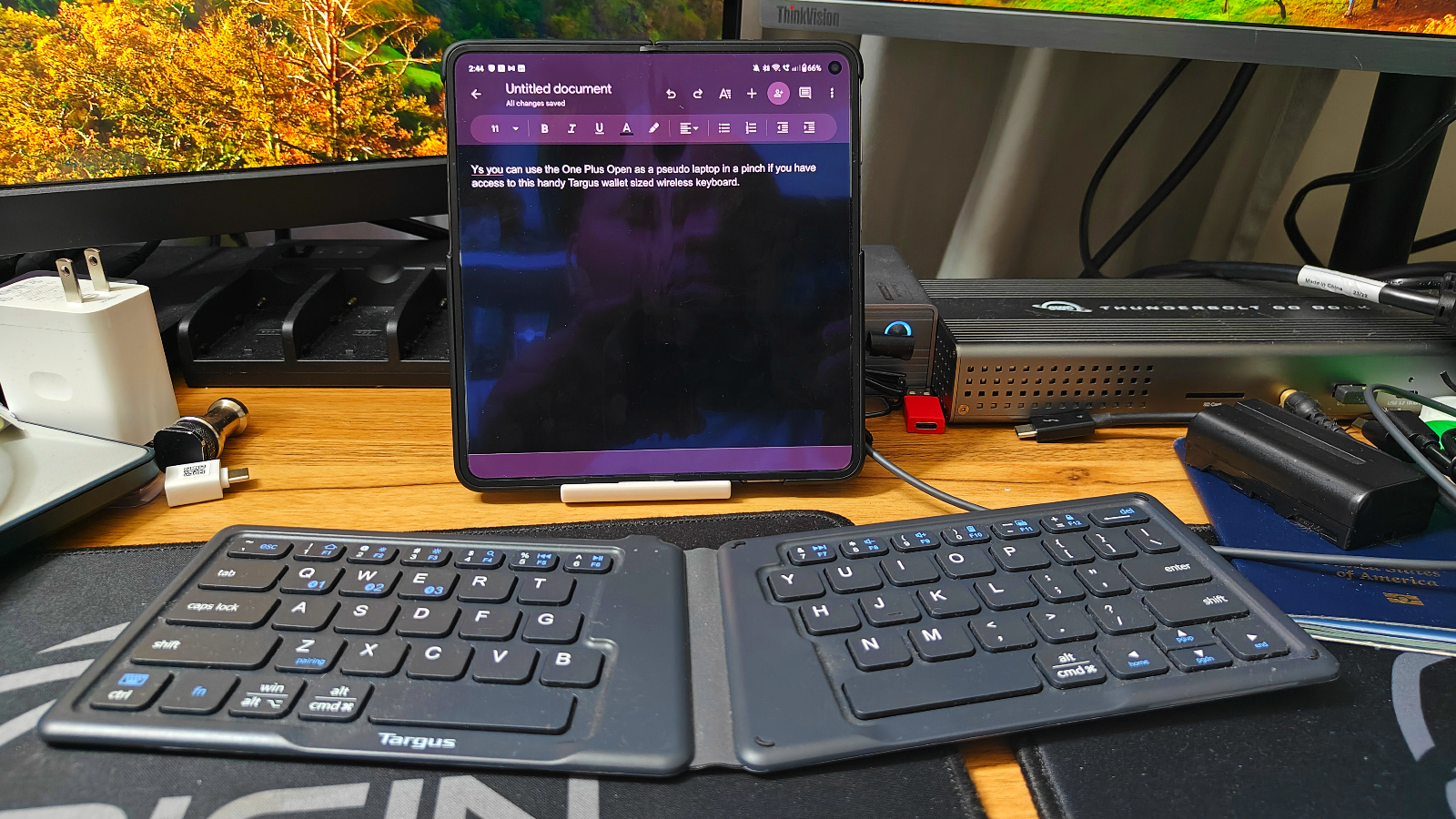
The Open scored solidly during our Geekbench 6 benchmark, as the Snapdragon 8+ Gen 2 tallied a multi-core score of 4,230. The Z Fold 5 owned this category with its specially made version of the same chipset tallying 4,859. The Pixel Fold's Tensor G2 scored 2,671 and isn’t on the same playing field, but to its credit, during my time with it, the phone never lacked in performance and was never laggy,
TheOnePlus Open put up a solid 1:08 during our Adobe Rush benchmark but was surpassed by the Z Fold 5 with its 0:40.73, and the Pixel Fold’s score of 0:59.34 also edged out the Open.
We had an interesting experience when using the Jetstream 2 benchmark as the Open with similar specs to its brand sibling, the OP 11, initially scored way below expectations with a 24, while it should have been within the 100-plus range during this benchmark. After much freaking out, I tested Jetstream 2 while using the Brave browser and found it was much closer to where it should be, averaging in the 90s range, yet still short of the 100-plus range.
However, I take these benchmark results with a grain of salt because both the Pixel and Z Fold 5 were tested earlier in the year, . Since then, Chrome has gone through several updates, and both the Z Fold and Pixel Fold have enjoyed overall updates and currently run Android 14, while the Open launched with Android 13.2. Once fully updated, which is expected by mid-November, I will revisit and update as we will be on the same playing field.
OnePlus Open graphics
Combined with OnePlus’s HyperBoost Gaming Engine, GPA Frame Stabilizer, and GPU load control (GLC), the Open takes your gaming to a whole new level and results in one of the smoothest gaming experiences I’ve had to date. I played Modern Combat Five on it, and the Open averaged 30 frames per second, matching what I enjoyed on the OnePlus 11, which makes sense since they have the same innards. I also played the less graphically challenging Angry Birds 2 and averaged 60 fps while giving my thumbs a rest while slaughtering the evil pigs.
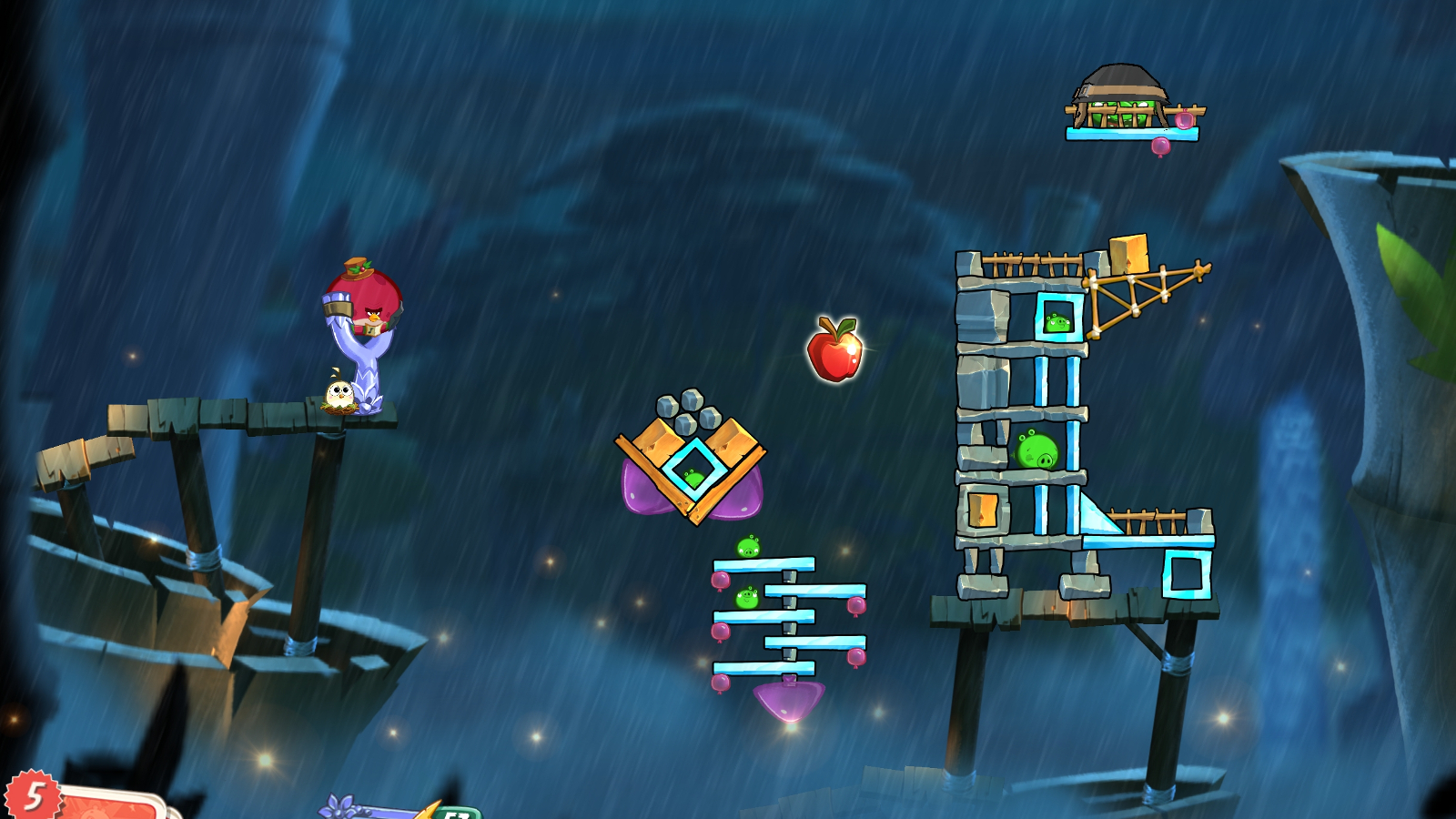
When we ran the Wildlife Unlimited Graphics test, the Open scored 14,174, easily surpassing the 6,952 average. The Samsung Galaxy Z Fold 5 surpassed the Open, but not by much, tallying 14,639. The Pixel rounded things out just below the smartphone average at 6,727.
During our Expedition benchmark, the OnePlus Open averaged 38.7 frames per second which surpassed the category average of 33. The Z Fold 5 followed, averaging 33.4fps, with the Pixel Fold sliding up at 22fps
OnePlus Open battery life and charging
OnePlus is known for pushing the limits of fast charging, and it's done it again. The OnePlus Open has a 4,805 mAh dual-cell battery that supports up to 67W SUPERVOOC charging and a 67W SUPERVOOC charger. I could go from 0 charge to 100% in 35 minutes and in 15 minutes get to 50%. In the lab, we got 50% charge in 15 minutes and reached 85% charge in 30 minutes, with the average full charge being between 35 and 40 minutes, in my personal experience.
During our Laptop Mag Battery test, which has the phone continuously surf the web over cellular with the display set to 150 nits of brightness, the OnePlus Open, on its adaptive refresh rate setting, averaged 11 hours and 31 minutes at 120 Hz refresh rate—with adaptive off and running at 60Hz the Open lasted 12:02 minutes. When you’re powering three displays, that is pretty amazing.
The Samsung Galaxy Z Fold 5 averaged 11:25 with adaptive refresh off (60 Hz) and 11:15 with adaptive(120 Hz) refresh. The Pixel Fold lasted 10:21 with adaptive refresh off (60 Hz) and 8:34 with adaptive (120 Hz) on.
The OnePlus Open will end up on our phones with the best battery life, and I only ran out of juice once I decided not to charge it for three days during intermittent use. During the past week, I started using it as my primary device and have twice forgotten to charge it; it lasted through the next day. I, however, wasn’t gaming or doing any heavy content watching, just my standard emails and news reading.
OnePlus Open software
The Open arrives with OxygenOS 13.2, a lightly-skinned version of Android 13. It is one of my favorite Android skins. The UI is user-friendly, with OxygenOS 13 featuring an “Aquamorphic” design that tends to create a more soothing and tranquil user experience while keeping users’ favorite features such as Zen Space, the improved Smart Launcher, a Sidebar Toolbox, Faster Bluetooth pairing, Spatial Audio, and Private Safe 2.0 to secure user’s data further.
Bottom line
At $1,699, the OnePlus Open costs nearly as much as the Google Pixel Fold and the Samsung Galaxy Z Fold 5, but currently, you can save $200 and bring that down to $1,499 if you trade in any phone, in any condition.
The pricing makes sense considering the multiple displays and the potent Snapdragon 8 Gen 2 processor, 16GB of RAM, and 512GB of storage. The same CPU and storage on a Z Fold 5 will run you nearly $2,000, and you only get 12GB of RAM. The Pixel Fold is powered by Google’s solid Tensor G2, 12GB of RAM, and 512GB will also run you over $1,900.
I'm saying it with my whole chest, the OnePlus Open is the king of foldables in the U.S. Many other foldables are not available in the US we have heard are excellent but aren’t allowed to get our hands on. OnePlus knocked this out of the park, as the Open is the best foldable you can buy, and it will hurt your wallet less, too.

Mark has spent 20 years headlining comedy shows around the country and made appearances on ABC, MTV, Comedy Central, Howard Stern, Food Network, and Sirius XM Radio. He has written about every topic imaginable, from dating, family, politics, social issues, and tech. He wrote his first tech articles for the now-defunct Dads On Tech 10 years ago, and his passion for combining humor and tech has grown under the tutelage of the Laptop Mag team. His penchant for tearing things down and rebuilding them did not make Mark popular at home, however, when he got his hands on the legendary Commodore 64, his passion for all things tech deepened. These days, when he is not filming, editing footage, tinkering with cameras and laptops, or on stage, he can be found at his desk snacking, writing about everything tech, new jokes, or scripts he dreams of filming.
